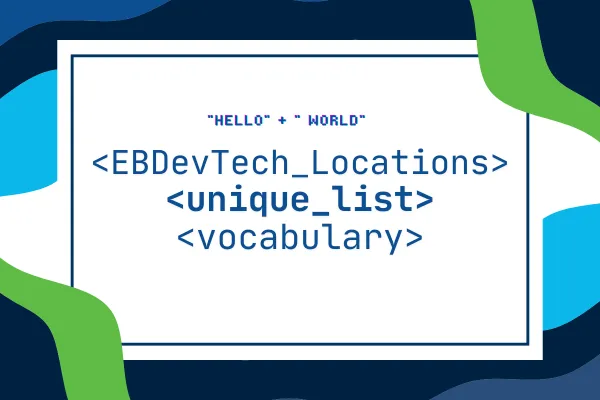
Mastering IT Excellence: Building Bridges Between Business and Technology Across Texas and Nevada
Effective communication is the foundation of every successful IT project. At EB DevTech, we empower our clients with tools to understand their systems and speak the language of IT. By bridging the gap between business logic and technical development, we ensure seamless collaboration and outcomes tailored to their needs.
Comprehensive Expertise in Software Development
Our capabilities cover the entire Software Development Life Cycle (SDLC):
Analysis and Design: Planning systems that align with business goals.
Development and Deployment: Transforming plans into robust, scalable solutions.
Ongoing Maintenance: Ensuring systems evolve with client needs.
Using Agile methodologies like Scrum and Kanban, we prioritize transparency and iterative progress.
Regional Expertise Across Texas and Nevada
From Houston’s logistics and manufacturing sector to Las Vegas’s hospitality industry, we adapt our solutions to regional needs while maintaining clear communication with our clients.
Houston: Building AI-driven tools to support data-heavy operations.
Austin: Partnering with startups to deliver flexible, scalable apps.
San Antonio: Securing solutions with compliance-focused tools.
Our regional insight and emphasis on clear communication ensure each client receives personalized, high-quality results.
How We Help Clients Communicate?
We simplify complex IT concepts and provide clear explanations, empowering clients to engage confidently throughout the project.
Equipping Clients with IT Vocabulary
We recognize that speaking a common language enhances collaboration. To support this, we introduce our clients to essential IT terminology, helping them better articulate their needs and understand developer feedback.
Examples of terms we use to bridge understanding include:
Backend and Frontend: Explaining how user-facing and behind-the-scenes systems work together.
API (Application Programming Interface): Highlighting how software components interact.
Continuous Integration (CI) and DevOps: Simplifying processes that streamline development and delivery.
This shared understanding creates a collaborative environment where clients and developers align seamlessly.
Vocabulary for Collaboration
To help our clients confidently engage in the development process, we provide a shared vocabulary that fosters clear communication in different stages, the tools we use, and the process to achieve that.
Below is a comprehensive list of key IT terms we use to build a shared understanding with our clients:
1. Development Processes & Methodologies
Agile Software Development: A flexible approach to building software in small, incremental steps.
Continuous Integration (CI): Automatically testing and integrating code changes to ensure smooth updates.
DevOps: Combining development and operations teams to deliver software faster and more reliably.
Scrum: A team-based Agile method that organizes work into short, focused cycles called sprints.
QA (Quality Assurance): Ensuring a product meets quality standards through systematic testing.
Waterfall Model: A step-by-step software development approach, where each phase is completed before moving to the next.
2. Roles & Expertise
Administrator: Manages and maintains systems, databases, or networks.
Consultant: Provides expert advice on IT strategies or solutions.
Developer: Builds and maintains software programs.
Engineer: Designs and implements complex systems or applications.
Project Manager: Oversees projects to ensure they are delivered on time and within budget.
3. Programming & Coding
API: A set of rules that allows different software to communicate.
Backend: The part of software that handles data, processing, and logic behind the scenes.
Frontend: The visible part of software that users interact with.
Programming Language: The code used to create software, like Python or Java.
Source Code: The written instructions that tell software how to work.
4. Testing & Quality Assurance
Acceptance Testing: Final testing to ensure a product meets business needs.
Beta Testing: Testing a product with real users before official release.
Debugging: Identifying and fixing errors in code.
QA (Quality Assurance): Processes to check and improve product quality.
Unit Testing: Testing small parts of a program individually.
5. Data & Databases
Data: Information stored and used by computers.
Data Modeling: Designing how data is structured and organized.
Database: A system to store and manage data.
Relational Database: A type of database that organizes data into connected tables.
6. Applications & Interfaces
CRM (Customer Relationship Management): Software to manage customer relationships and interactions.
CMS (Content Management System): Software to create and manage digital content, like a website.
Native App: An app built specifically for a particular device or platform.
User Interface (UI): The parts of an app or website that users interact with.
Web App: An application accessed through a web browser.
7. Technologies & Tools
API: A tool to connect different software systems.
Cloud-Based Solutions: Services or tools hosted online instead of on local devices.
DevOps Tools: Software that supports collaboration between development and operations teams.
Git: A tool to track and manage changes in code.
IDE (Integrated Development Environment): Software that helps developers write and test code.
Framework: A pre-built structure to make software development faster.
8. General Business IT Terms
Maintenance: Keeping systems updated and running smoothly.
System: A set of programs or devices working together.
Enterprise: A large organization or business.
Network: Connected devices that share information.
Security: Protecting systems and data from unauthorized access.
9. Testing Types
Regression Testing: Re-checking existing features after a change to ensure nothing is broken.
Sandbox Testing: Testing in a safe environment that doesn’t affect the live system.
Performance Testing: Checking how well a system performs under different conditions.
At EB DevTech, we’re more than just IT experts – we’re translators, educators, and partners. By equipping our clients with the vocabulary and tools to "speak IT", we enable them to bridge the gap between business logic and technical development. Together, we create solutions that drive success across Texas, Nevada, and beyond.


